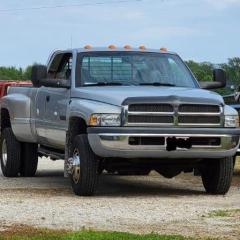Leaderboard
-
in all areas
- All areas
- Marker
- Events
- Event Comments
- Files
- File Comments
- File Reviews
- Images
- Image Comments
- Image Reviews
- Albums
- Album Comments
- Album Reviews
- Blog Entries
- Blog Comments
- Topics
- Posts
- Cummins Articles
- Cummins Article Comments
- Cummins Article Reviews
- Vendors
- Vendor Comments
- Vendor Reviews
- Ads
- Ad Comments
- Ad Reviews
- Policies
- Policy Comments
-
Custom Date
-
All time
December 14 2009 - July 22 2025
-
Year
July 22 2024 - July 22 2025
-
Month
June 22 2025 - July 22 2025
-
Week
July 15 2025 - July 22 2025
-
Today
July 22 2025
-
Custom Date
03/30/2020 - 03/30/2020
-
All time
-
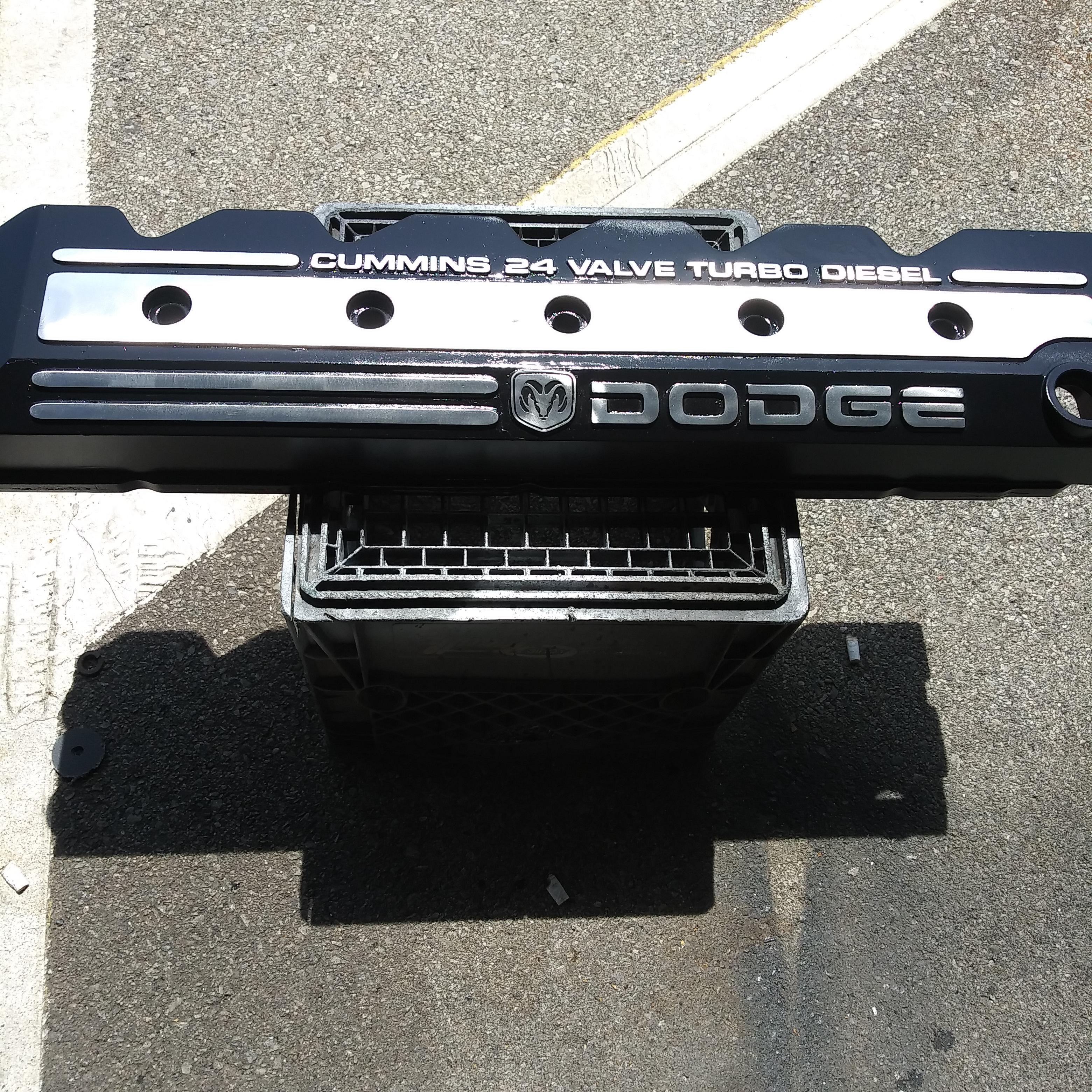
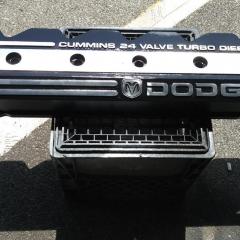
Gregturley
Monthly Subscription4Points568Posts -

dripley
Retired Staff1Points11,788Posts -
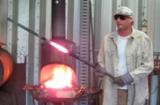
Ironforger
Yearly Subscription1Points239Posts -
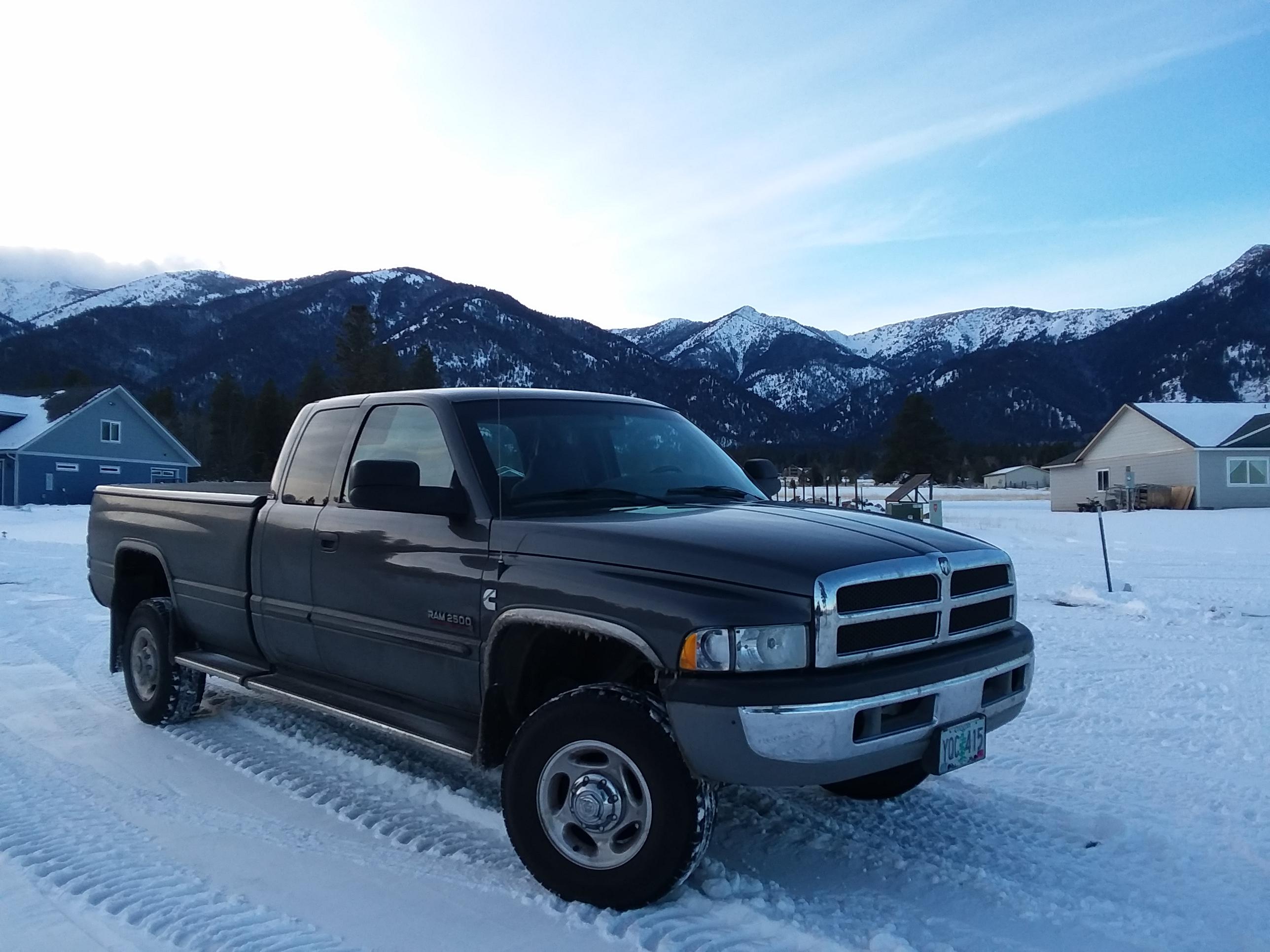
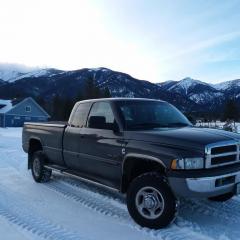
Tractorman
Yearly Subscription1Points1,457Posts
Popular Content
Showing content with the highest reputation on 03/30/2020 in all areas
-
Installed mechanical lift pump but....
Ok didn't see that pic before and i eliminated my electric pump so I didn't use that part. I think you're correct though that looks to be pipe fittings. Once you get your bugs out of your set up i think you'll really like it. Just be careful not to over tighten the belt. It runs loose to the point you will think its going to go flying off.2 points
-
Power mirrors on a non power truck?
I installed them on my truck that came with manual mirrors and it was all pug and play. The heated part will need an hvac switch that has the on off button. They can be had used very easily. I believe the truck has to be an SLT or better for the wiring to be there. Sounds like you are seeing what you need.1 point
-
Possible Big Chicken Travels out West.... When?
There is also campground recreation with the campground host which includes log splitting and diesel truck repair.1 point
-
Installed mechanical lift pump but....
Thanks for this, @Ironforger It does look like I have a very small leak on the inline check valve. Hopefully adding some tape helps resolve the issue. I will keep you all posted on what else I find. The leak was very small on that valve so I missed it when I first started this thread, It has been kicking my butt but I am glad to have found it now.1 point
-
Installed mechanical lift pump but....
Agree with other posts here, I think you have a very small leak somewhere. I suspect on the suction side, but still double check all fittings on the pressure side such as the Big line kit fittings & adapter for the VP-44 inlet. (Make sure you used the cummins sealing washer that came with the kit (don't over tighten)). Also, on the suction side, check the hose clamp for the factory dorman connector to the stock electric fuel pump. And yea, double check that JIC Tee that sends fuel up to your factory elec pump and the inline check valve between that Tee and the factory elec pump. (check the banjo on the elec fuel pump discharge as well) Additionally, wouldn't hurt to remove both JIC to pipe adapters from the fuel boss pump, apply thread tape or sealant (and as @JAG1 mentioned, apply tape or sealant on the male threads, away from the end so nothing foreign in ends up in your fuel system) and re-install the fittings. Also try to rule out leaks on the suction side such as where the parker hose slips on to the existing hard line from the tank. Hose clamp tight? Just for the hell of it, get a mirror and inspect that hard line all the way back to the tank. Look for any rust. The slightest pin leak or pin hole anywhere on the suction side could cause your issue. Ok so I installed the same fuel boss and big line kit on my 02 3500, no issues. However had a similar issue with a 1st gen 1990 w250 5.9 cummins I owned years ago. Same issue. Hard to start after sitting for more than 12+ hours. Kicked my ***. I finally (after about a month) found a very tiny pin hole on the suction supply line, hidden in an area up under the frame near the fuel tank. It was a small rust nodule bump, barely any fuel coming out of it, not even enough to drip, just a tiny wet spot. (and as @dripley mentioned, air shall enter easier than fuel escapes) I cut the entire line out and ran a rubber fuel hose all the way to the tank. Issue solved. I hope this helps. Keep us posted.1 point
-
Truck is all over the place
1 pointI would for sure drop the rear axle and inspect all the contact points, locating pins/holes, spring packs, spring eye bushings while your under there as well. When you reassemble be sure to use new u-bolts and torque to spec then retorque after about 100 miles or a week or so.1 point
-
Installed mechanical lift pump but....
@niebs_22 use paste or tape on anything with a pipe thread. Anything with a flare seals metal to metal. And i guess technically i lied. There are special sealants to use with JIC but thats typically for worn out fittings or extreme pressure situations. But never paste or tape and its not something the average person would have in their garage. What check valve are you talking about? If its the pressure valve that came with the fuel boss those should be JIC also. You can do a Google search on JIC vs AN fittings and learn a lot of good info.1 point
-
Installed mechanical lift pump but....
That tee in your pic is not pipe thread. Its JIC. Its a flare fitting. They seal with a metal to metal fit. Do not use tape or paste on them. If they are leaking they are not tight enough, cracked, something. Don't listen to anyone who says use sealer of any kind on them, they are wrong. They do not seal through the threads.1 point
-
Installed mechanical lift pump but....
Always apply the paste to the male fitting so it does not get pushed into the area of flow. Use light coating. I like the thread tape better and always keep it away from the tip on the male fitting. Only apply it to the upper portion of the threads.. When applying the thread tape you place the fitting in your left hand and with your right you run the tape over the fitting, not under. This will insure proper application or correct direction on the threads.1 point
-
another 47re question
1 pointWell, not being able to drive the truck and feel the way the converter is working, I'm pretty much not in a position to give advice on what to do. I can offer suggestions and share experiences to a point, but I simply don't have enough information to steer you in the right direction. The VP44 is not the greatest fuel system that ever came on a diesel, so I tend to agree with the Alaska guys that it can be somewhat normal, and perhaps a price you pay for lowering the stall speed. I certainly have seen this scenario...many times, and it certainly is a consideration when choosing stall speed. But $1300 for a Cascade S3 torque converter?? Ouch...1 point
-
Pepsi's modified 1999 Long Term Injector study.
I like your cruise control music, Status Quo - Pictures Of Matchstick Men1 point
-
Pepsi's modified 1999 Long Term Injector study.
Well here's some videos. Snapchat-1583927354.mp4 Another one of the cruise control KVID6839.mp41 point
-
Pepsi's modified 1999 Long Term Injector study.
Bingo. Exactly what I thought... Thanks @Dynamic...1 point
-
Pepsi's modified 1999 Long Term Injector study.
The transmission doesn't know about, care about (unless it's slipping), or have the ability to sense how much power is coming from the engine...or Smarty settings, "TM" settings, timing adjustments, fueling curves, injector sizes, injector pop pressures...none of that. The transmission "knows" only one thing when it comes to determining when it's going to shift; TV lever position. The Smarty basically "creates" its power by advancing the OEM fuel curve so that you're getting the fuel that the OEM programming gave you at 100% throttle at much lower levels of throttle movement. How much it advances that curve will depend upon which "level" you have selected on your Smarty. Some programs also advance the injection timing, which will further exaggerate the issue. I had a Smarty on my 2000 Dodge and, quite honestly, it was one of the many things I hated about that truck. It gave the illusion of more power, but would smoke like the end of the world was coming if you weren't careful, and created a bunch of transmission tuning challenges. But, I used that truck to develop my valve body calibrations and pressure control strategies, so I guess it served its purpose. So what happens with the Smarty is that when the fuel curve is advanced like that, you will be making a considerable amount more power at a given throttle position than it used to with the OEM fueling. You may be making 100% of the power of the OEM curve, but at maybe 50% throttle movement (even less with some of the higher power levels). So the engine is producing 100% power, but the throttle (and the TV cable/lever) is only at 50% movement, so it feels like the transmission should be operating at max performance; running the shifts to near redline, and then popping into the next gear with a good, solid shift. The problem is that, at only 50% TV lever movement, it's not going to do that. So guys start messing with the TV cable, pulling them tighter trying to get their mid-throttle shifts where they feel they should be. But the TV system is designed to work properly within a pretty narrow window of adjustment. If you get it out of that window, trying to accomplish Lord knows what, pretty much everything suffers. When I'm always harping about the WOT 1-2 shift points, I'm using a quick, down-and-dirty method to get the TV system within that window of operation.1 point
-
W-T ground mod
1 pointI can't quite say the same as you but mine have been switched for about a year and a half now. Either both on or both off. I turn them on to pre-heat and turn them off as soon as truck is running. I don't even bother using them if it'ts above mid 40's out. Best thing you can do to save your alternator. Thanks. This confirms my suspicion. Both operate for pre-heat and initial start and only one continues to cycle for post run heat. I've often noticed the amp draw is not as great once the truck is running for a few seconds.1 point
-
W-T ground mod
1 pointI have been manually operating my grid heaters with a momentary switch that switches both on at the same time since December of 2001, and for 307,000 miles. If there were to be any negative side effects, I think they would have surfaced by now. I like the fact that I am still using my original Bosch alternator with only one brush and bearing set replacement and that replacement was done as a maintenance procedure at 216,000 miles - not as a failure. So, @Dieselfuture, I would not be concerned. Curiosity finally got the best of me, so I did an experiment today. I wired my grid heaters back to factory (I know - sounds crazy). I used two test lights simultaneously at each grid heater positive terminal (heavy wire connection at the grid heater). I performed the following tests with ambient temperature in the shop at 50 degrees: 1. Key switch on, Wait to Start light on. The test lights did not light. I then realized that I am using the IAT Fooler, so that made sense. I am certain that both test lights would have lit had the IAT circuit been returned to OEM wiring since that is how they worked before I added my momentary switch modification. This isn't the part that I was curious about, anyway. 2. Start engine after Wait to Start light goes out. Both test lights lit and stayed lit for about 15 seconds. One light dropped out and the other light dropped out about 5 seconds later. After a few seconds one test light turned on for about 5 seconds and then turned off. Another 5 or ten second passed and the other test light turned for about 5 seconds and then turned off. This cycle kept repeating itself. Of course, because I am not crazy, I put my momentary switch back into operation. Also, just for curiosity, I have checked a 2003 truck and a 2006 truck - they both use one relay to operate both grid heaters simultaneously. They cannot be operated independently. I thought that was interesting. - John1 point



